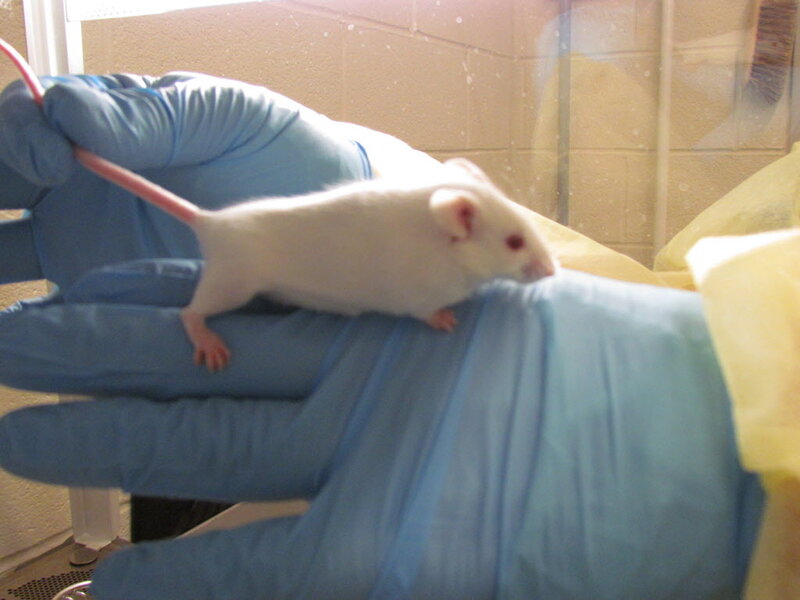How MIT scientists taught mice to remember what never happened
Loading...
Here's how the mouse would tell it: I padded into a room and was shocked. Then I tiptoed into a different room. I was shocked there, too.
But only one of those mouse memories is real. The other is the invention of MIT scientists. But to the mouse, both the memories are just as true.
A team of scientists under Susumu Tonegawa at the Massachusetts Institute of Technology (MIT) has created false memories in mice, a feat that puts renewed attention on the foibles of human memory, an unreliable resource often called upon as a final arbiter in critical, sometimes life-or-death situations, including trials that hinge on eyewitness statements.
“Our data demonstrate that it is possible to generate an internally represented and behaviorally expressed fear memory via artificial means,” the authors write in the paper, published in Nature.
Memories of experiences are associations of several elements – objects, space, and time, among others – that are encoded in biochemical changes in the brain’s neurons. The total package that entails a memory is called an engram.
But where those engrams are in the brain has been unclear: Are those engrams spread across the brain, forming a brain-wide network of memory creation, or are engrams stored in just one region?
That region, researchers have proposed, could be the hippocampus, a small area shaped like a ram’s horn and tucked snugly at the brain’s bottom-middle. To prove that engrams are localized to the hippocampus would require showing that it was possible to generate memories from just the activation of specifically targeted hippocampal cells.
In a previous paper, published last year in Nature, the MIT team had begun to prove that point, showing that mice would freeze in fear if scientists artificially reactivated the brain cells associated with a previous experience with electric shocking.
This latest paper, published in Science, builds on that previous work. First, the researchers placed mice in a chamber unfamiliar to the rodents, which were left to explore the space unshocked. While there, the team labeled neurons in the CA1 region of the mice’s hippocampus with channelrhodopsin-2, a protein that activates neurons when stimulated with light.
The next day, the mice were introduced to a new room. There, the mice were shocked in their feet – and at the same time, the team activated the neurons that had been activated in making the memory of the previous space.
On the third day, the mice were returned to the original room, where the animals froze in terror: The mice had associated the second room’s shock with the visit to the first room, in effect creating an apocryphal memory of a shock delivered in the first room. And the team had been able to identify the specific cells that make up part of an engram for a particular memory and then target those cells to reactive it.
When placed back into the second room, the mice froze similarly. That showed that the two memories were equally real to the mice, though only one was true.
“Whether it’s a false or genuine memory, the brain’s neural mechanism underlying the recall of the memory is the same,” says Mr. Tonegawa, a professor of biology and neuroscience and coauthor on the paper, published in Science, in a release.
Since human memories are more complex than mice memories, the authors said the technology is a long way from the science-fiction applications of memory inducement as imagined in the movies "Total Recall" or "Inception." Still, the research does have bearing on how much confidence should be placed in human memory, which is notoriously often little more than fictiomaking, in high-stakes situations. And it also opens the floodgates to further research on memorymaking that tackles the nuances of how memories, wily little things, are made, and re-made, and made again.
“Now that we can reactivate and change the contents of memories in the brain, we can begin asking questions that were once the realm of philosophy,” said Steve Ramirez, a graduate student at MIT and a coauthor on the paper, in a release. “Are there multiple conditions that lead to the formation of false memories? Can false memories for both pleasurable and aversive events be artificially created?
“These are the once seemingly sci-fi questions that can now be experimentally tackled in the lab,” he said.







